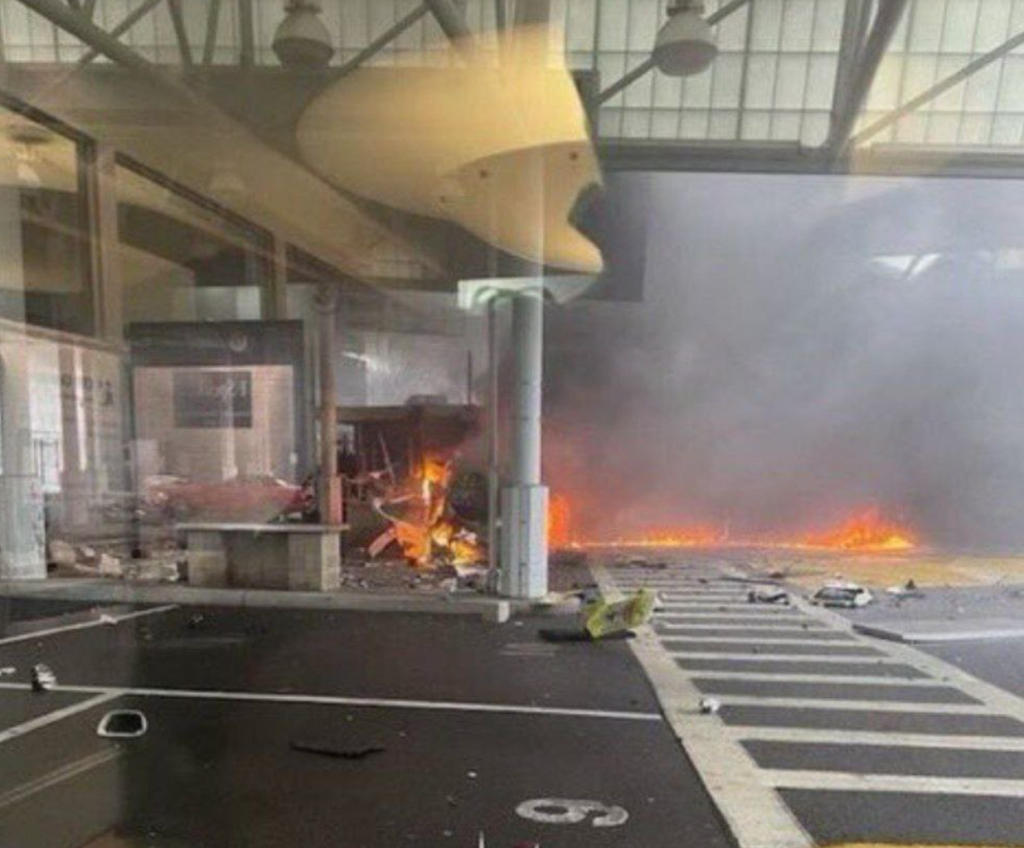
A car hurtling towards a barrier at high speed and then exploding and killing the occupants is a sad but perfect metaphor for the state of news today.
The recent incident at the Rainbow bridge on the Canada/US border in Niagara Falls demonstrates just what goes wrong when too many people – including prominent politicians – rely on hasty and poor reporting and social media posts to support preconceived perceptions.
When the car exploded at the border on Nov. 22 the social media platform ‘X’ was immediately populated with posts about a possible terrorist attack, all nicely packaged under the hashtag #Rainbow bridge or #Explosion). Fox News then greatly amplified these by almost immediately quoting unidentified sources stating this was indeed a terrorist incident.
Post after post quickly piled on with reports of how the incident was the result of terrorists attempting to ram their way into the US with a carload of explosives to wreak havoc on Thanksgiving festivities in New York. The rare posts recommending a wait-and-see attitude until more facts were in were swamped in the deluge.
Several hours after the incident, the New York governor and FBI stated there was no evidence of a terrorist attack and no explosive were found. As a CBC analyst wrote that evening “There was no attack from Canada; the incident occurred entirely on U.S. soil; in fact, authorities don’t believe it was a terrorist attack at all.” (In fact, posts almost 24 hours later indicate the incident seems to involve a high-priced Bentley and a Kiss concert)
For a decade now ‘X’ and other social media platforms have provided almost instantaneous reporting on news events around the world. With more people relying on social media for their news the problem is the information these days is more likely to be wrong when first reported. More worryingly, more people are weaponizing this information for their own ends and/or deliberately posting false information. The innate desire for sensationalism further fuels the tendency to exaggerate or even fabricate news.
The #Rainbowbridge incident comes as the Middle East conflict continues and where all of the shortfalls of news reported on social media are writ large. That war is the enemy of truth cannot be denied nor can the need or desire to be informed about what is going on around us.
Journalists have always tried to scoop each other and provide the news more quickly – however there used to be less of a reliance on unnamed sources and slightly more attempt to confirm the information before going live. While Fox News retracted its original statements about the terrorist attack and said it was mislead by its sources, the original perspective remained up for many hours.
There is now also more of a tendency to believe news on social media that comes from less credible media outlets or even just friends, family and people you would like to believe. The gutting of traditional newspapers and reduction in the number of professional working journalists has just exacerbated these problems.
Trust in traditional media is low and many do not have the skills or knowledge to objectively assess the news that they see on social media. Bots spreading false information, whether AI assisted or not, are not helping matters.
The last half-century may have proven to be the high point for journalism with relatively well-financed media outlets trying to provide objective information in a truly balanced fashion.
Absent this, what is needed is providing far more education in our schools and to the public in general on how to assess the news and who is feeding it to you.
(Image – screen capture of Rainbow Bridge explosion sourced from X)
